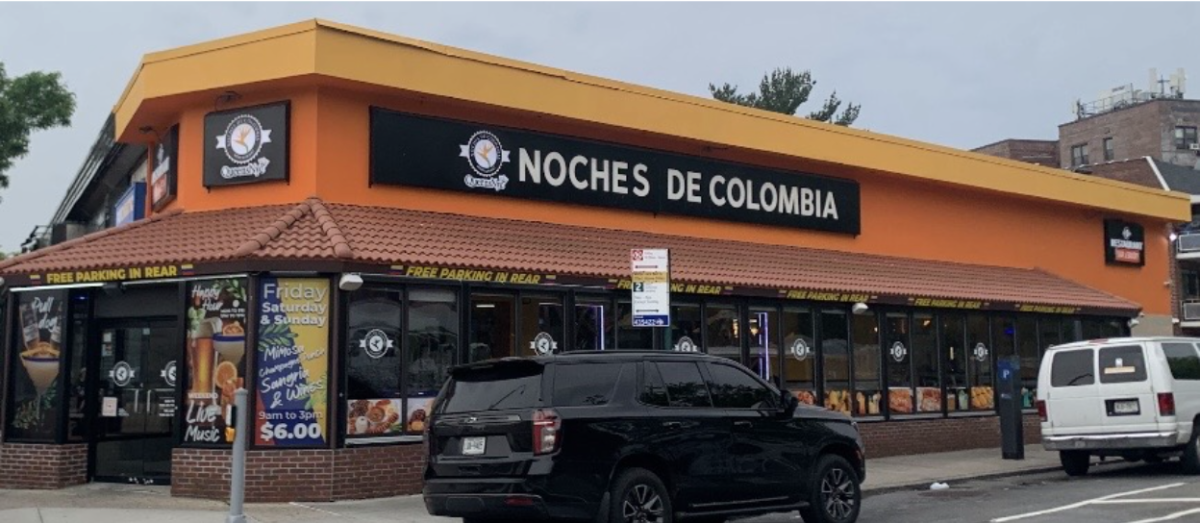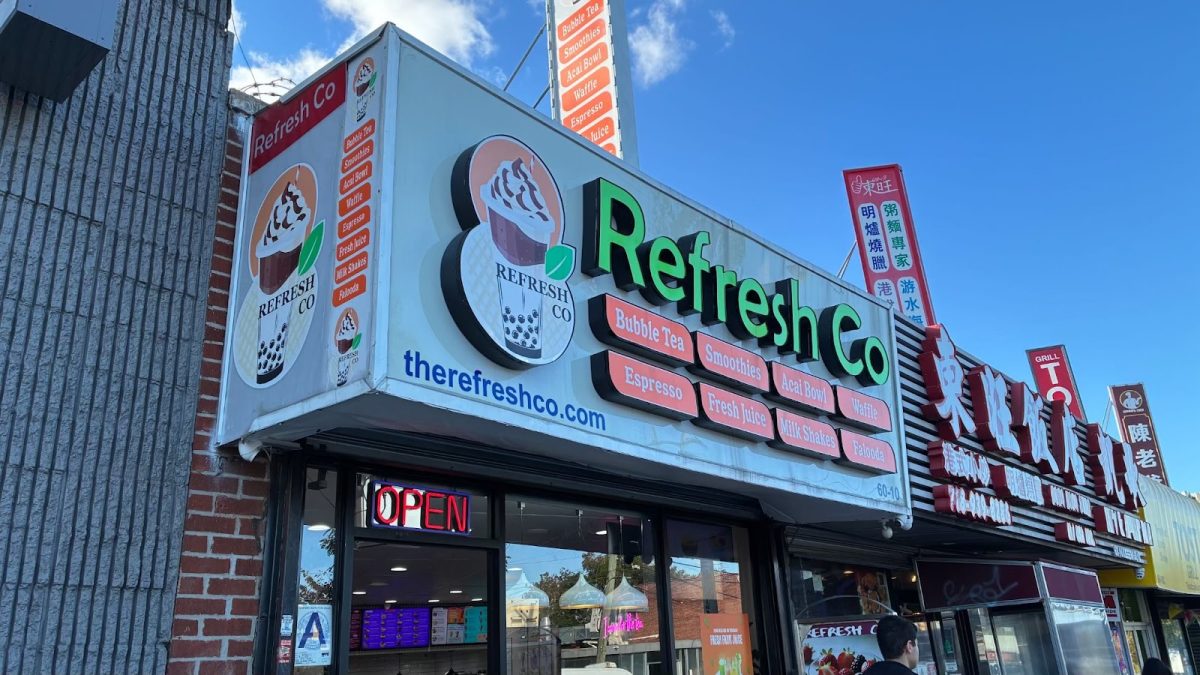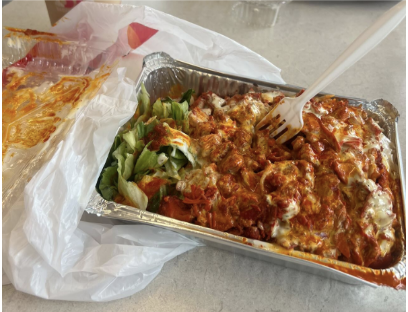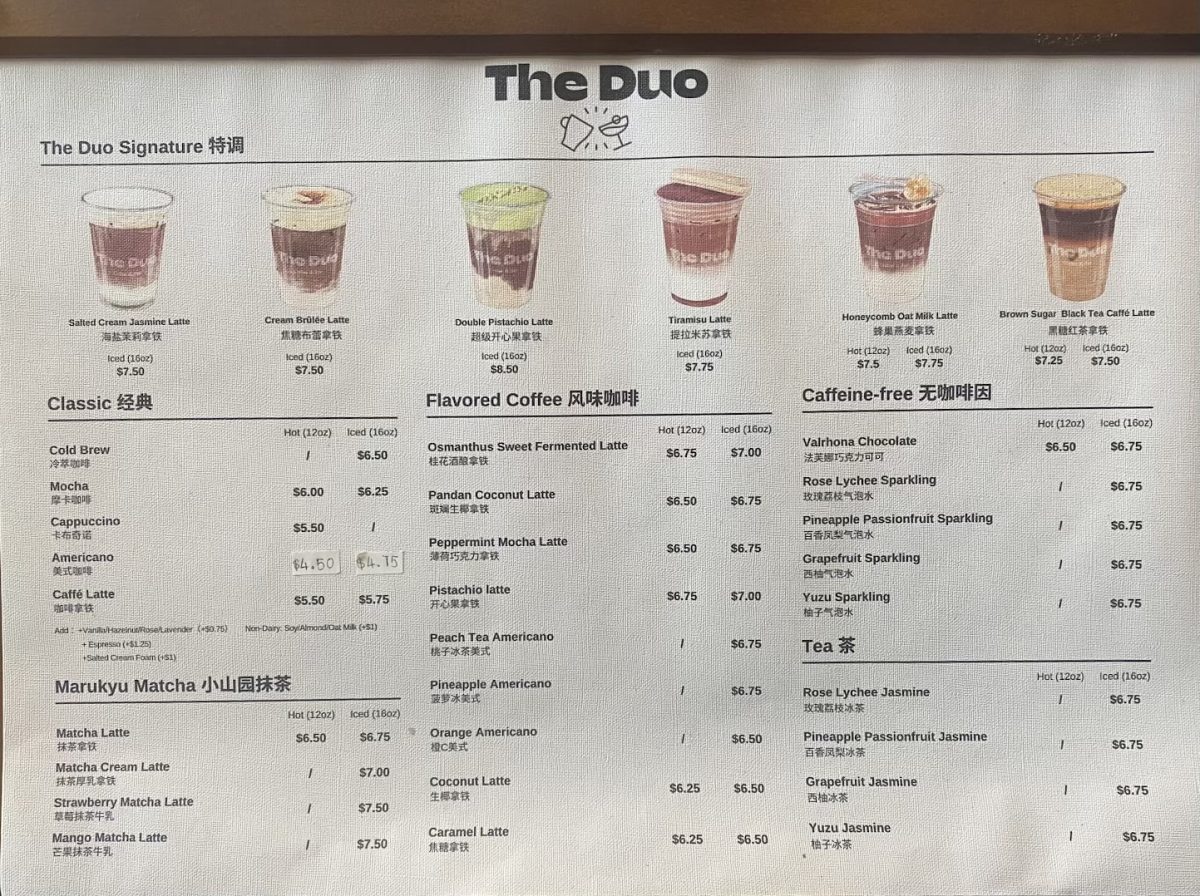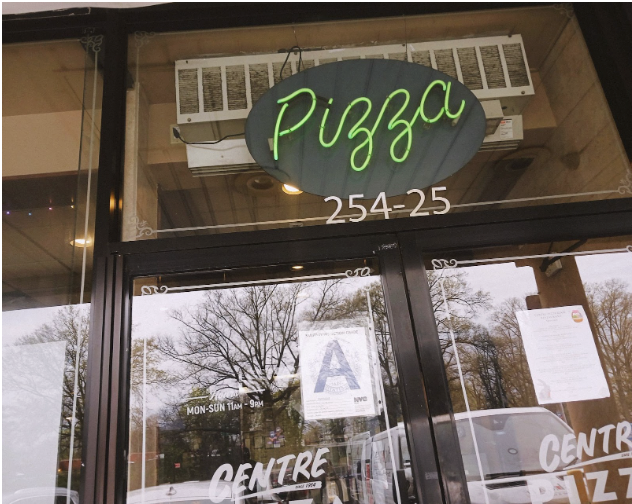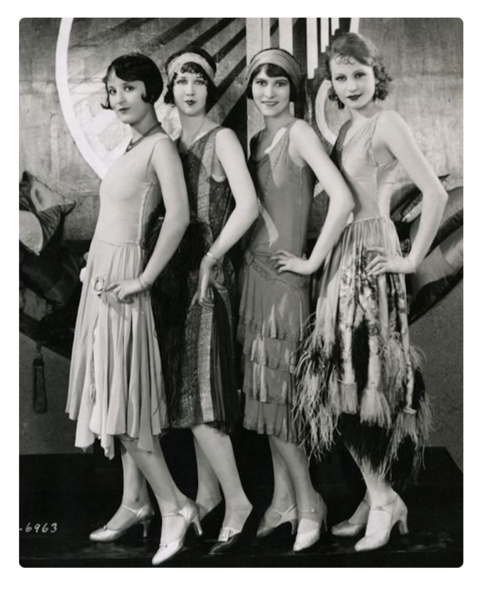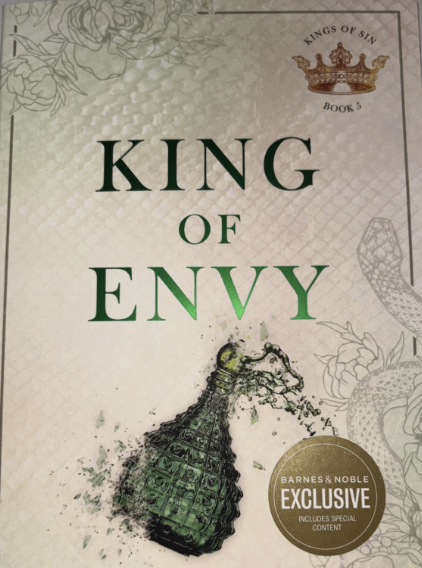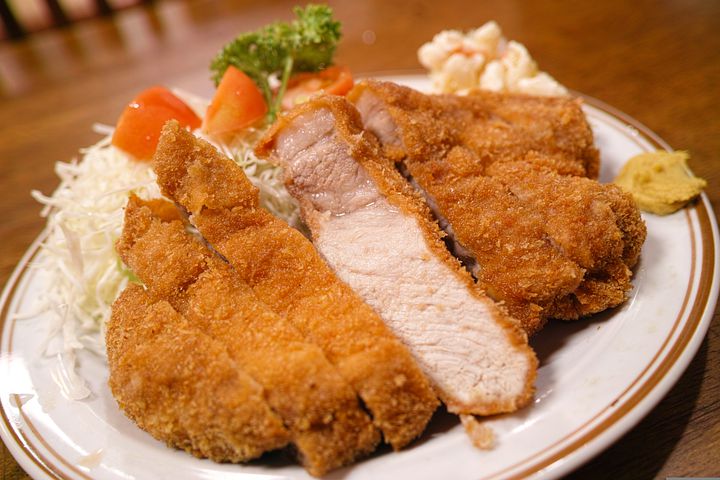Teen takes on tonkatsu in NYC: Rolly Kimbab or Choiganae?
October 3, 2022
Choiganae, a quaint street food restaurant in Little Neck, NY, has recently taken the place of Rolly Kimbab, a staple spot for Korean cuisine. The menus of both eateries feature a variety of popular Korean food, including tonkatsu, a traditional Japanese dish, which has been adopted and utilized in many Korean meals. Tonkatsu is a very common meal amongst teenagers and young adults, and may be a lunch option that students can easily enjoy for an affordable price. Despite the fact that the two venues have very similar flavor profiles and coincidentally have been situated in the same location, these restaurants have created their own unique spin on the breaded delicacy.
Tonkatsu is essentially a pork cutlet that has been fried and is accompanied by some sort of sauce. In Korean dinners, tonkatsu is usually served with corn, cabbage salad, rice, and an assortment of side dishes. For context, Rolly Kimbab’s tonkatsu includes a sweet, tangy sauce along side the thin slice of pork, while Choiganae’s tonkatsu is a thicker piece of meat that can be topped with a cheesy, savory sauce. Both restaurants serve the pork with a cabbage salad and corn, as mentioned earlier.
After giving both versions a try, it is evident that Choiganae hits the mark for the superior tonkatsu. Although it is important to note that Choiganae’s pork is fried well, the side sauce is truly the main selling point of the meal. The sauce is a unique melody of both typical tonkatsu sauce and cheese, which is perfectly balanced with the pork itself. Most restaurant chains serve tonkatsu with a generic sauce, so the specialty sauce was an enjoyable element. Rolly Kimbab, although their tonkatsu is fried well, contains this generic sauce that sullied the experience. However, this does not necessarily mean that the pork is unpleasant- Rolly Kimbab’s menu item just seems to lack qualities that will allow it to distinguish itself amongst all other tonkatsu.
In addition to the taste of the sauce, the texture also played a major role in my decision. Rolly Kimbab’s sauce is similar to ketchup, as it is a bit watery and is unable to soak into the meat’s crust. Choiganae’s sauce, on the other hand, is richer and more soup-like. The crispy outside of the meat successfully soaks in the sauce, and every bite has an explosion of flavor due to the absorption of this sauce. This type of sauce can be eaten not only with just the meat, but also with rice or other inclusions within this dish. This characteristic of the sauce puts Choiganae on an entirely different level in comparison to Rolly Kimbab.
Although Choiganae is slightly more expensive than the more convenient Rolly Kimbab, the tonkatsu is worth the extra buck. The difference in the quality and care that goes into both dishes is apparent in their tastes, and the tonkatsu of Choiganae is clearly refined further. If you are looking for a quick, enjoyable dish, Rolly Kimbab is the right place for you, but when you have the time to sit down and savor the meal, Choiganae is worthwhile.








